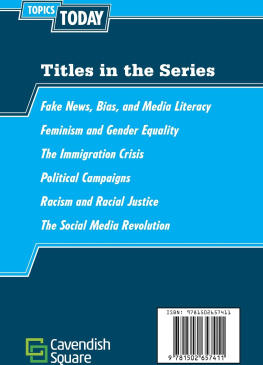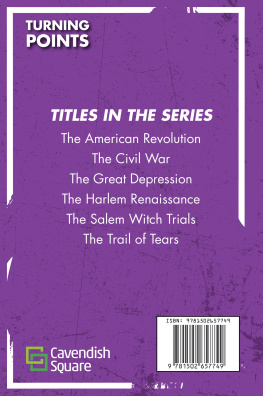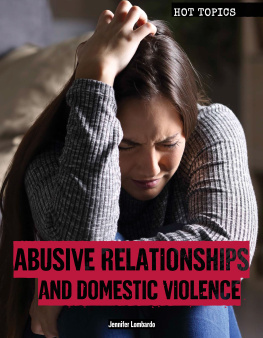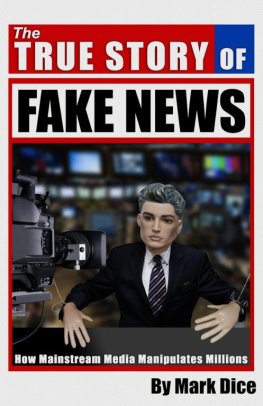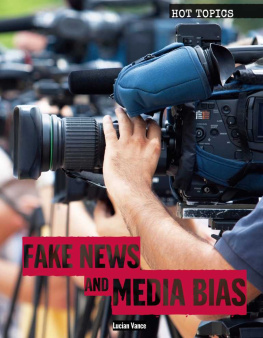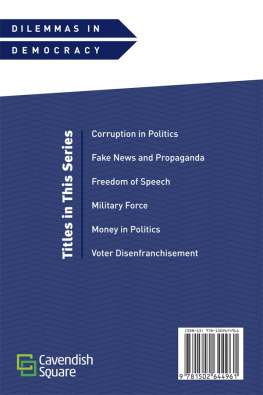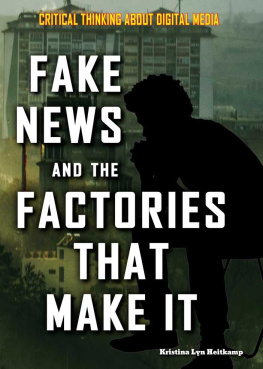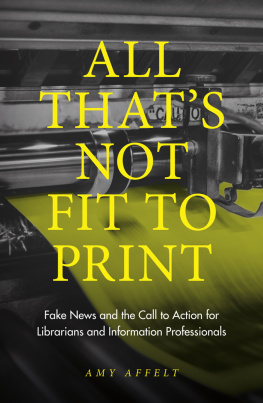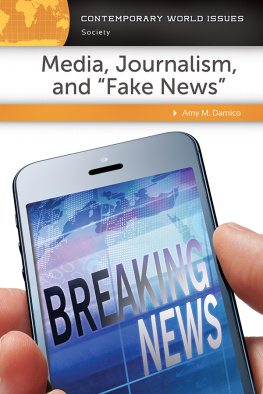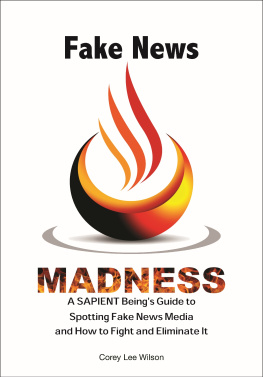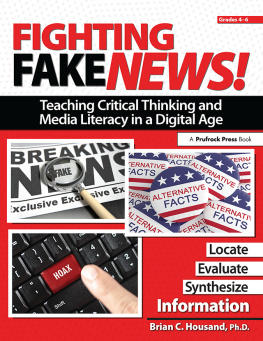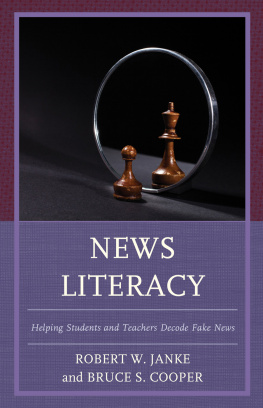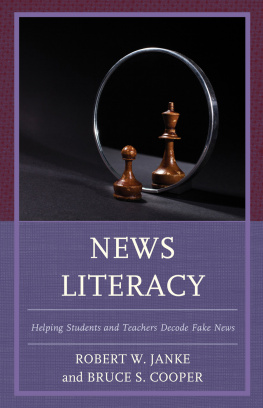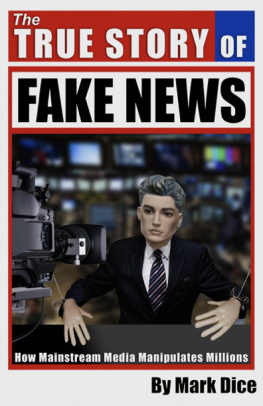
Published in 2021 by Cavendish Square Publishing, LLC
243 5th Avenue, Suite 136, New York, NY 10016
Copyright 2021 by Cavendish Square Publishing, LLC
First Edition
No part of this publication may be reproduced, stored in a retrieval system, or transmitted in any form or by any meanselectronic, mechanical, photocopying, recording, or otherwisewithout the prior permission of the copyright owner. Request for permission should be addressed to Permissions, Cavendish Square Publishing, 243 5th Avenue, Suite 136, New York, NY 10016. Tel (877) 980-4450; fax (877) 980-4454.
Website: cavendishsq.com
This publication represents the opinions and views of the author based on his or her personal experience, knowledge, and research. The information in this book serves as a general guide only. The author and publisher have used their best efforts in preparing this book and disclaim liability rising directly or indirectly from the use and application of
this book.
Portions of this work were originally authored by Hal Marcovitz and published as Bias in the Media (Hot Topics). All new material this edition authored by Jennifer Lombardo.
All websites were available and accurate when this book was sent to press.
Library of Congress Cataloging-in-Publication Data
Names: Lombardo, Jennifer, author.
Title: Fake news, bias, and media literacy / Jennifer Lombardo.
Description: First edition. | New York: Cavendish Square Publishing, 2021.
| Series: Topics today | Includes bibliographical references and index.
Identifiers: LCCN 2020003355 (print) | LCCN 2020003356 (ebook) | ISBN
9781502657428 (library binding) | ISBN 9781502657411 (paperback) | ISBN
9781502657435 (ebook)
Subjects: LCSH: Fake news--Juvenile literature. | Media literacy--Juvenile
literature.
Classification: LCC PN4784.F27 L66 2021 (print) | LCC PN4784.F27 (ebook)
| DDC 070.4/3-dc23
LC record available at https://lccn.loc.gov/2020003355 LC ebook record available at https://lccn.loc.gov/2020003356
Editor: Jennifer Lombardo
Copy Editor: Michelle Denton
Designer: Deanna Paternostro
Some of the images in this book illustrate individuals who are models. The depictions do
not imply actual situations or events.
CPSIA compliance information: Batch #CS20CSQ: For further information contact Cavendish Square Publishing LLC, New York,
New York, at 1-877-980-4450.
Printed in the United States of America

CONTENTS
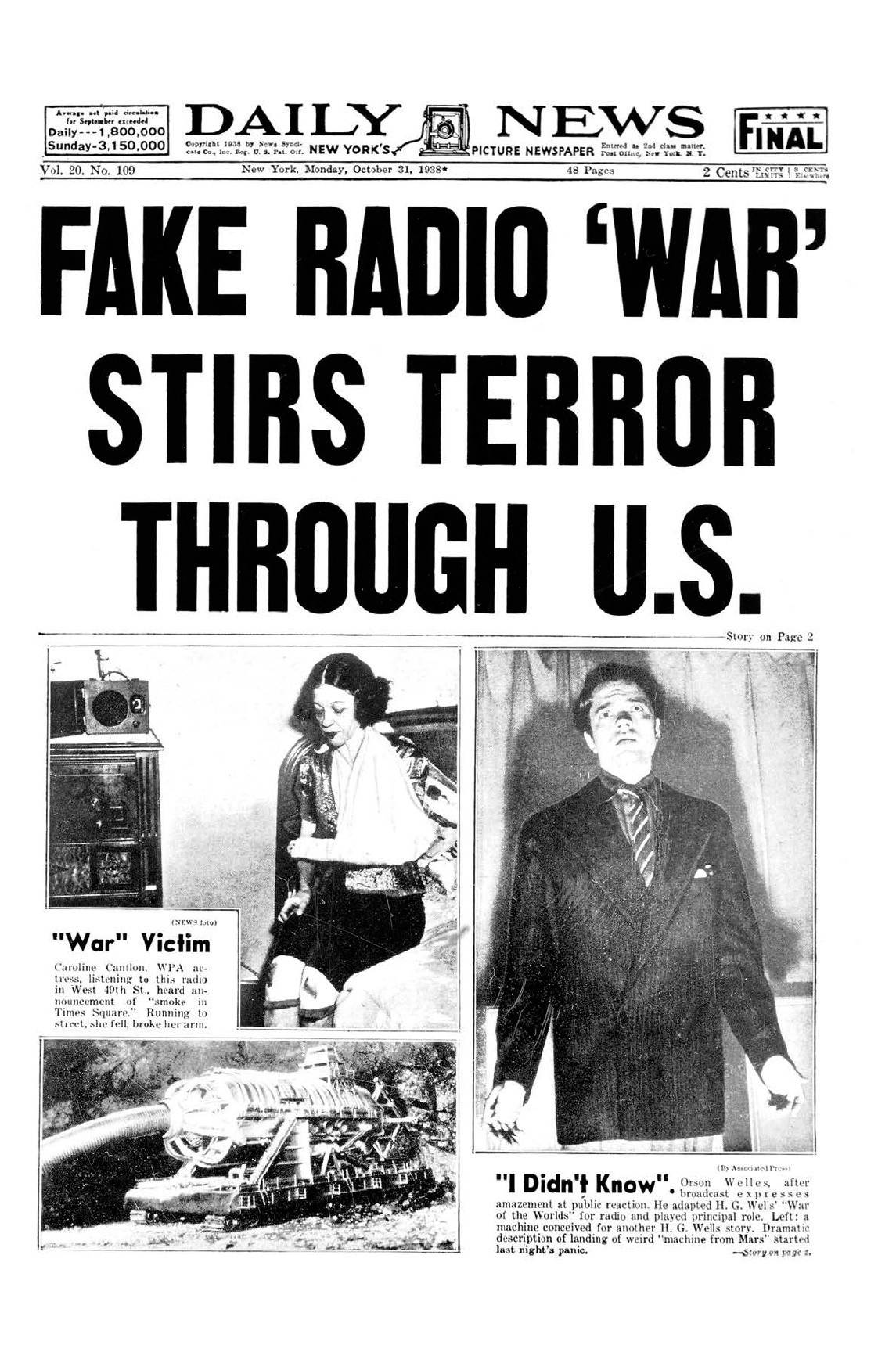
In 1938, newspapers reported widespread panic when radio listeners mistook a radio play, The War of the Worlds, for a news broadcast about Earth being overrun with aliens. This was fake news; most people werent fooled by the play, but newspapers exaggerated the incident to try to discredit radio as a news competitor.
INTRODUCTION
BECOMING MEDIA SAVVY
A democratic society relies heavily on its free and neutral press. This means that news outlets report the facts of a story as accurately as possible; they dont make up stories or allow anyoneespecially the governmentto tell them what theyre allowed to report. The stories reported by journalists are meant to keep the citizens of a country informed about whats happening around them and keep corruption and crime to a minimum. According to Linda A. Klein, president of the ABA Journal, Lawyers often use information uncovered by journalists to prosecute wrongdoing, to hold officials accountable, and to rectify [correct] injustices. This is why fake newsthe knowing publication of untrue stories and the attempt to present them as truthis such a big problem. Even false accusations of fake news can be disastrous. Once people start losing faith in the media, it becomes much easier for governments to get away with actions that weaken democracy.
Many people already have a low opinion of the media because of the issue of bias. This is when news outlets allow their personal opinions to influence the way they report issues. Sometimes bias is barely noticeable; other times, its so strong that it causes journalists to report things incorrectly. All news outlets have bias because reporters are human. Most journalists are aware of the need to avoid bias, but unconscious word choices can influence the way a story is reported. Instead of learning how to spot bias, though, some people choose not to believe anything thats reported in the media.
The internet has further decreased peoples trust in the media because its become increasingly difficult to take things online at face value. One popular meme pokes fun at this phenomenon by attributing the quote The problem with quotes on the internet is that it is hard to verify their authenticity to Abraham Lincoln. Sometimes the meme is accompanied by a picture of Benjamin Franklin, implying that he is Lincoln. This meme points out that just because something can be found online doesnt mean its true.
People often use false statements and misleading photos to influence others opinions, and if they do their job well enough, they can sometimes even affect things such as the way people cast their votes for certain candidates or policies. Thinking critically about information in the mediaalso known as media literacyis more important than ever in an age where anyone with an internet connection can present their opinions as fact without providing any kind of proof.
What Does Bias Look Like?
Bias can emerge in several ways. One reason for biased reporting is to attract viewers who hold a certain viewpoint. For instance, Fox News tends to attract conservative viewers, while CNN tends to attract liberal viewers. Other news outlets and blogs are generally also slanted in one direction or anothersome much more than others. Another reason for bias is that journalists and media company owners sometimes want to use their power to promote political leaders and the policies they favor. Sometimes bias can be very subtle. A journalist may develop a preconceived notion of how a story should be told before they conduct the first interviews. In such cases, the reporter will often seek out interviewees who can be counted on to provide comments that will be in agreement with the way the journalist sees the story.
Media bias is not a new problem. In 2001, a series of race riots erupted in Cincinnati, Ohio, after a white police officer shot an unarmed black man. White readers of the Cincinnati Enquirer newspaper were truly shocked when they read the stories about the rioting; they couldnt figure out why black people were so angry about this one incident. What they didnt know was that black community leaders had been making reports about the police for months, stating that black citizens had been abused and harassed by white police officers.
White readers of the Enquirer werent aware of the police abuses or the simmering anger in the black community because the newspaper had ignored the issue. Because the Enquirer hadnt assigned reporters to cover the issue more fully and because the mostly white members of the news staff had few sources in the black community, the newspapers executives and journalists, like everyone else in Cincinnati, were unprepared when the racial unrest erupted into violence. The Enquirer committed bias by neglect: By ignoring the problems in the black community, the newspapers coverage gave the false impression to its readers that race relations in Cincinnati were healthy and progressive.

